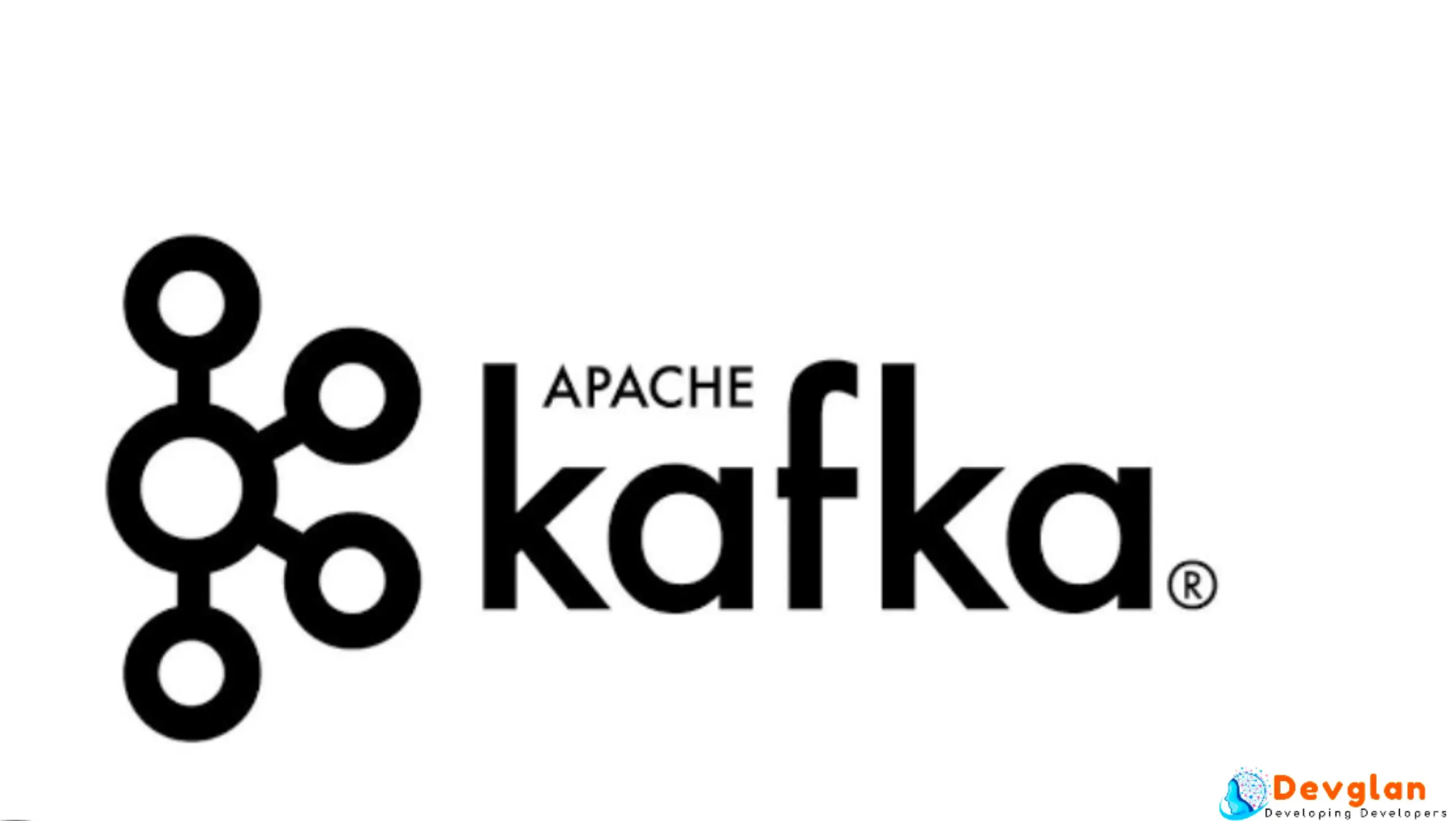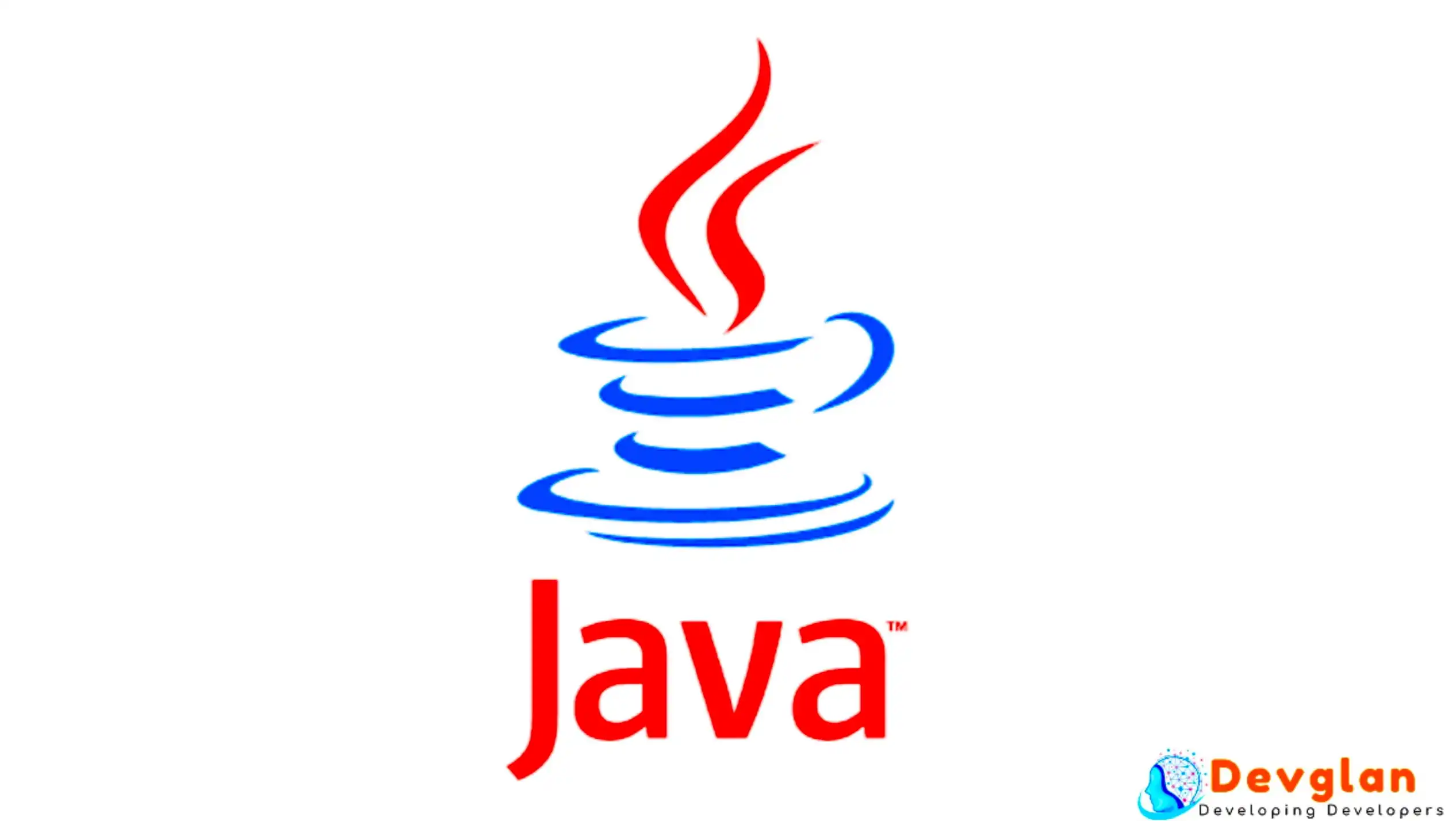Most AI teams quietly admit a simple truth. Their models rarely fail because of algorithms. They fail because real world data is limited, patchy, messy, or too sensitive to use at scale. This gap is now pushing organizations to look at a different fuel source that sidesteps these constraints. Synthetic data is becoming that fuel, and it is shaping how advanced systems are trained, tested, and improved.
This article explains what synthetic data is, why it is shaping the direction of AI innovation, and what future trends will matter for teams that plan to build serious capabilities around data generation. The goal here is to go deeper than the common definitions you find online and focus on insights grounded in current research and industry practice.
What Is Synthetic Data?
At its core, synthetic data refers to information created through models instead of being collected from real world events. That definition alone misses what actually makes it useful today. The rise of high-fidelity simulation engines, diffusion-based generators and structured behavioral models means this category now covers far more than anonymized samples or random values.
Three practical tiers of synthetic data help explain how it is used in real projects:
|
Tier |
Description |
Example |
|
Statistical |
Data created from distributions or patterns learned from original datasets |
Financial risk modeling datasets that follow market volatility curves |
|
Simulation based |
Data created through virtual environments with physics, rules and agent behaviors |
Self driving car environments for testing edge cases |
|
Generative model based |
Data created using diffusion, GANs or transformer-based models |
Realistic clinical records generated for rare disease studies |
Teams often mix with all three to improve quality and diversity, and data quality management services can help through well-structured data pipelines and governance controls. The key difference from older anonymization practices is that modern synthetic pipelines allow for controlled variation. This means datasets can capture realistic correlations without revealing any individual user.
Use Cases Across Industries
Synthetic datasets were first used in robotics and autonomous driving, but the current spread is much wider. The most interesting applications are not the obvious ones but the ones where real data simply cannot be collected.
Healthcare
Hospitals must deal with strict confidentiality regulations. Many research projects fail because teams cannot share patient-level data. Synthetic patient journeys and rare condition trajectories now allow analytics tests, survival models and triage workflows without exposing anyone.
Financial Services
Banks need to stress test fraud systems against patterns that rarely occur in the real world. Pure historical datasets are not enough. Synthetic high-risk sequences allow safer calibration of fraud scoring rules.
Manufacturing
Smart factory systems often struggle with limited sensor failures or anomalies. Synthetic vibration signatures or temperature curves give engineers more complete coverage for predictive maintenance.
Public Sector
Urban planning teams are now using synthetic simulations of citizen movement patterns to improve evacuation plans or traffic flows. These datasets offer statistical similarity to real populations without linking to actual individuals.
Across all these fields, the common advantage is repeatability. Teams can create the same scenario again with complete control. This is something real data cannot provide.
What are the benefits of AI Innovation?
High performing systems rarely learn well from narrow datasets. The statistical reality is simple. Broader variation improves model generalization. Synthetic data systems provide this variation while staying within acceptable privacy boundaries. This makes them a strong catalyst for AI innovation, especially in environments where collecting more data is either risky or impossible.
Here are the benefits that matter most to technical teams:
Better coverage for rare events
Many failures happen in edge cases. A child running into the street, a sensor spike near zero temperature; a sudden pattern changes in a spike in cardiovascular metrics. These are hard to capture in normal datasets but simple to generate synthetically.
More predictable model testing
Teams can produce scenario-based datasets with precise control. This helps evaluate how algorithms behave under stress or shift, which is critical for safety critical applications.
Lower compliance risk
By using controlled data generation, organizations can test models on representative patterns without including any direct personal information. This provides a safer path for experimentation.
Faster iteration cycles
Many projects stall because data access takes months. With synthetic pipelines, engineers can generate new samples in hours. This shortens development cycles and helps teams deliver incremental progress.
Collectively, these benefits support stronger AI innovation pathways by giving teams freedom to experiment without the usual bottlenecks.
Managing Privacy and Ethics
Every technical advantage comes with tradeoffs. Synthetic systems are no exception. The biggest misunderstanding is the assumption that synthetic datasets are automatically private. They are private only when the generation process is designed with clear separation from raw data.
Three principles help reduce risk:
Measure resemblance, not realism
Datasets should be statistically similar but not replicative. Privacy audits should check for membership leakage, distribution copying, and one to one record similarity.
Limit dependency on original datasets
Generators should use abstractions, not row level patterns. Techniques like differential privacy can help reduce exposure to source data.
Track documentation and intent
Ethical use depends on clear documentation. Teams must record why a synthetic dataset was created, what it represents, and where it should not be used. This avoids accidental misuse in regulatory contexts.
Privacy is not the only ethical concern. Teams must consider bias introduction. If the source data carries systemic bias, naive generators will reinforce it. A good practice is to inject controlled variations to break harmful patterns. Fairness studies can also be run with multiple versions of the same synthetic dataset.
Future Trends in Synthetic Data Generation
The next wave of data generation is moving away from simple GAN-based approaches. Future methods will rely on multi-model pipelines that combine physics-formed models, agent-based simulations, and large generative backbones. This approach creates richer behavioral patterns and more stable coverage.
Based on ongoing research and early industry experiments, five trends stand out:
Domain grounded hybrid models
Teams are starting to combine rule based simulations with generative layers. This reduces unrealistic anomalies and produces datasets closer to operational systems.
Synthetic environments for reinforcement learning
Training agents in single purpose environments is no longer enough. Multi scenario world models will play a major role in the next stage of robotics and complex process automation.
Hardware acceleration for generation pipelines
Some organizations are experimenting with GPU optimized synthetic pipelines that can produce billions of samples per hour. This will expand what teams consider possible.
Dataset lineage tracking
As synthetic datasets grow in importance, tracking versioning and lineage will become a standard practice. Model audits will require visibility into how each dataset was generated.
Regulatory considerations
Governments are starting to discuss certification standards for synthetic datasets. Healthcare and finance will likely be the first sectors to adopt such frameworks.
These trends show that the field is moving quickly. Synthetic modeling is no longer convenient. It is becoming a core part of how data centric systems are built.
Closing Thoughts
The rise of synthetic data is not a temporary trend. It is a structural change in how teams prepare, test, and refine AI systems. As models become more complex, the demand for flexible and safe datasets will only grow. The organizations that invest in this capability now will have an advantage later because they can iterate faster, explore more ideas, and reduce the friction tied to sensitive information.
If you want, I can also create a shorter LinkedIn version, a table of statistics to support the post, or a list of talking points for publication submission.

















